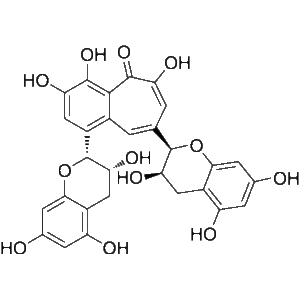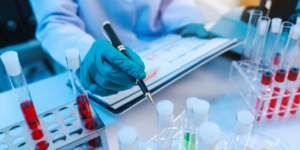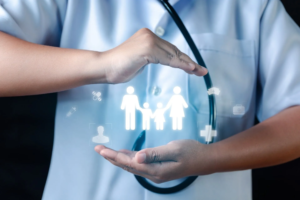
Are So-Called “Heavy Metal Detox Remedies” Really Trustworthy?
In recent years, a surge of “detox miracles” have flooded the internet, especially those claiming to eliminate heavy metals from the body. From detox juices and foot baths to extreme fasting and trendy supplements, the choices are endless. But how reliable are these methods—and are they truly safe for everyone?









